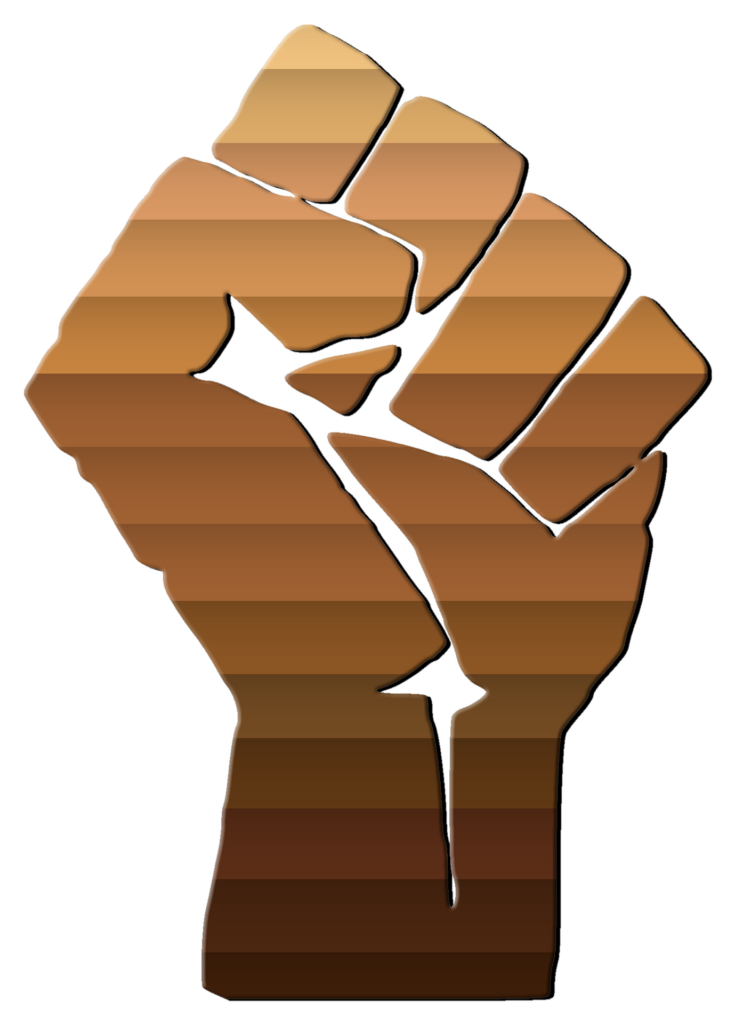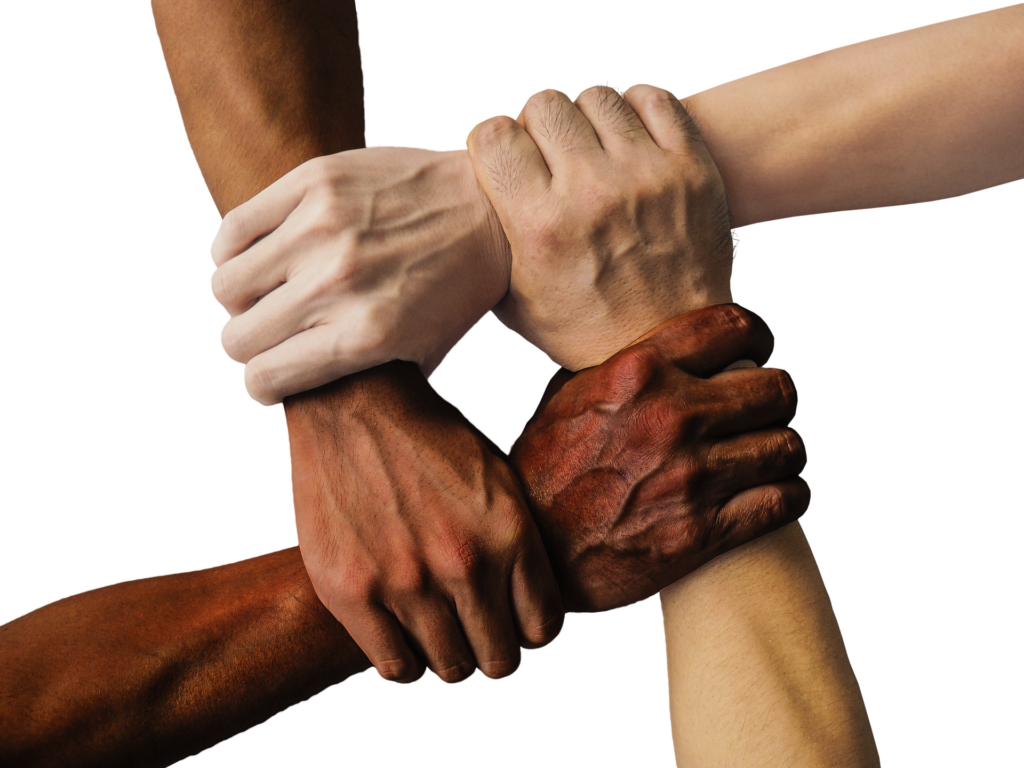Birmingham Children’s Crusade
In 1963, students ages seven to 18 years old skipped school to march through downtown Birmingham. Images of the peaceful protesters being hosed down and beaten by police reached the desk of President John F. Kennedy. As a result, President Kennedy went on national television to discuss plans for federal civil rights legislation. The following year, the Civil Rights Act of 1964 was passed, banning segregation and discrimination on the basis of sex, race, gender, or national origin.
Birmingham Children’s Crusade
 Essential Questions
Essential Questions
The following essential questions provide a framework for exploring this unit’s main ideas and themes:
- What role did young people play in the Civil Rights movement of the 1960s?
- What connections can be made to contemporary youth movements and civil rights issues?
New Jersey Student Learning Standards
The materials and suggested lesson plan below can be used to satisfy the following New Jersey Student Learning Standards:
6.1.12.CivicsPI.13.a ? ×
×
6.1.12.CivicsDP.13.a ? ×
×
6.1.12.HistoryCC.13.a ? ×
×
6.1.12.HistoryCC.13.c ? ×
×
6.1.12.CivicsDP.4.a+b ? ×
×
6.1.12.CivicsDP.6.b ? ×
×
6.1.12.HistoryUP.11.a ? ×
×
6.1.12.CivicsDP.14.a? ×
×
6.1.12.HistoryCA.14.b ? ×
×
Lesson Module
![]() Goal and Learning Objectives: The goal of this module is to provide resources and information about the history of the American Civil Rights Movement. Looking at the movement to end Jim Crow laws and desegregate public places provides a framework for exploring the role of young people in politics and society in the 20th century. The history of youth involvement in the Civil Rights Movement offers an opportunity to examine young people’s role at critical points in the nation’s history, and to think about the impact of the Civil Rights Movement on politics in our time.
Goal and Learning Objectives: The goal of this module is to provide resources and information about the history of the American Civil Rights Movement. Looking at the movement to end Jim Crow laws and desegregate public places provides a framework for exploring the role of young people in politics and society in the 20th century. The history of youth involvement in the Civil Rights Movement offers an opportunity to examine young people’s role at critical points in the nation’s history, and to think about the impact of the Civil Rights Movement on politics in our time.
Content: Included in this lesson module are lessons on youth participation in social movements, with a focus on connecting the past to the present. These activities can be integrated into classroom units related to the civil rights movement and social movements.
Activity I: History
Context: In his 1963 inaugural address, Alabama governor George Wallace declared “segregation now…segregation tomorrow…segregation forever!” In April, the Alabama Christian Movement for Human Rights (ACMHR) and the Southern Christian Leadership Council (SCLC) chose to focus on Birmingham, Alabama as the key city to end segregation throughout the south. The Civil Rights groups organized Project C, better known as the Birmingham Campaign. It included peaceful lunch counter sit-ins, marches, and boycotts to try and convince civic and business leaders to desegregate the city.
 Children and adolescents from ages 7 to 18 years old were eager to get involved in the nonviolent movement for civil rights, and on May 2nd thousands of students skipped school to march through downtown Birmingham. The peaceful protesters were met with police dogs, fire hoses, and police batons, and hundreds were arrested and jailed in crowded and unsanitary conditions. The shocking images of children being hosed down and beaten by police reached the desk of President John F. Kennedy, and opened his eyes to the urgency of the American civil rights movement. In the following months, President Kennedy went on national television to speak out against desegregation and announce plans for federal civil rights legislation. The following year, the Civil Rights Act of 1964 was passed, banning segregation and banning discrimination on the basis of sex, race, gender, or national origin. The Birmingham Children’s Crusade and the larger Birmingham Campaign were pivotal actions in the fight for civil rights.
Children and adolescents from ages 7 to 18 years old were eager to get involved in the nonviolent movement for civil rights, and on May 2nd thousands of students skipped school to march through downtown Birmingham. The peaceful protesters were met with police dogs, fire hoses, and police batons, and hundreds were arrested and jailed in crowded and unsanitary conditions. The shocking images of children being hosed down and beaten by police reached the desk of President John F. Kennedy, and opened his eyes to the urgency of the American civil rights movement. In the following months, President Kennedy went on national television to speak out against desegregation and announce plans for federal civil rights legislation. The following year, the Civil Rights Act of 1964 was passed, banning segregation and banning discrimination on the basis of sex, race, gender, or national origin. The Birmingham Children’s Crusade and the larger Birmingham Campaign were pivotal actions in the fight for civil rights.
Instructions: Introduce your students to the history and context of the Birmingham Children’s Crusade. Use the timeline below to introduce the key dates and events of the Crusade.
Activity II: Key Figures
 Instructions: This activity gives students the opportunity to learn about key figures involved in the Birmingham Children’s Crusade and larger the Civil Rights Movement. Divide the class into small groups and have them discuss the figures on our Key Figures page, including downloadable PDFs with more information. Then, have students answer one of the discussion questions and share their thoughts with the whole class.
Instructions: This activity gives students the opportunity to learn about key figures involved in the Birmingham Children’s Crusade and larger the Civil Rights Movement. Divide the class into small groups and have them discuss the figures on our Key Figures page, including downloadable PDFs with more information. Then, have students answer one of the discussion questions and share their thoughts with the whole class.
Discussion Questions
- How would you describe the motivations behind the key figures?
- What are three adjectives that you would use to describe the key figures? Explain why you chose each adjective.
Malcolm X criticized Dr. Martin Luther King for promoting youth involvement in the Birmingham Children’s Crusade by stating that “real men don’t put their children on the firing line.” In contrast, Dr. King felt the demonstrations helped students develop “a sense of their own stake in freedom.”
- How would you compare and contrast their leadership during the civil rights movement? Here are videos to help you answer the question:
Activity III: Legacy of the Civil Rights Movement
 Instructions: There are many legacies of the Civil Rights Movement involving youth activism, and a few are listed in this activity. Have students pick one of the following topics and use a S I T worksheet* to find a fact they find Surprising, a fact they find Interesting, and a fact they find Troubling. Then, have them take turns sharing on their topic.
Instructions: There are many legacies of the Civil Rights Movement involving youth activism, and a few are listed in this activity. Have students pick one of the following topics and use a S I T worksheet* to find a fact they find Surprising, a fact they find Interesting, and a fact they find Troubling. Then, have them take turns sharing on their topic.
- Yolanda Renee King (granddaughter of MLK) Speaking at the 2020 March on Washington
- Interview with a Young Black Lives Matter Activist
*The S I T worksheet was created by Facing History and Ourselves – a website that offers lessons, teaching resources, and worksheets for teachers to use in the classroom.
Activity IV: Hands on Activity
 Instructions: In groups or individually, students will choose a movement to foster change using one or more of their many talents (i.e., creating poems/songs, letters/speeches, protest pins, t-shirts, drawings, paintings, and posters). Here are some examples from the Civil Rights Movement to inspire students:
Instructions: In groups or individually, students will choose a movement to foster change using one or more of their many talents (i.e., creating poems/songs, letters/speeches, protest pins, t-shirts, drawings, paintings, and posters). Here are some examples from the Civil Rights Movement to inspire students:
- We Shall Overcome: The Story Behind the Song
- Letter From Birmingham Jail
- Neglected Art of the Freedom Struggle
- Protest Pins
As a culminating activity, students will share their work to discuss how each project connects to its chosen movement in ways that propel change.
Materials
![]() Don’t have time to use these activities? Do you already have a lesson plan for this topic?
Don’t have time to use these activities? Do you already have a lesson plan for this topic?
Here are links to the materials presented in the above activities that can be used anyway you see fit!
Activity 1: Children’s Crusade of 1963, Timeline of the Crusade, JFK on Civil Rights
Activity 2: Biographies of Key Figures, King, Children’s Crusade article, Malcolm X Interview, Martin Luther King Interview
Activity 3: S I T worksheet*, Yolanda Renee King (granddaughter of MLK) Speaking at the 2020 March on Washington, Interview with a Young Black Lives Matter Activist
Activity 4: Inspiring a New Generation video, We Shall Overcome: The Story Behind the Song, Letter From Birmingham Jail, Neglected Art of the Freedom Struggle, Protest Pins

